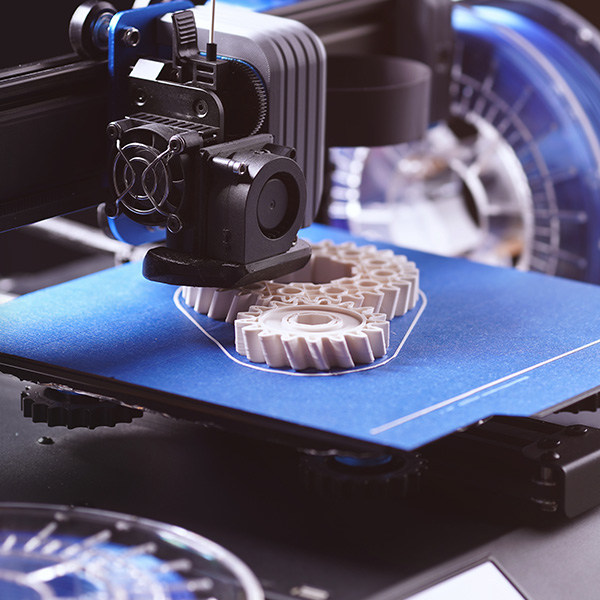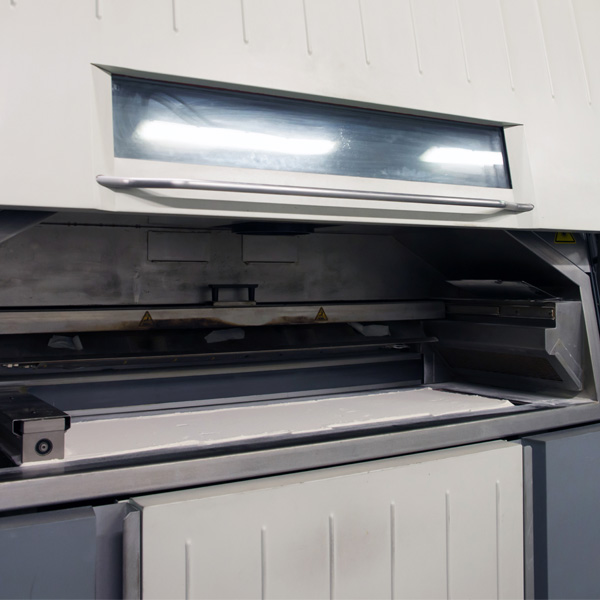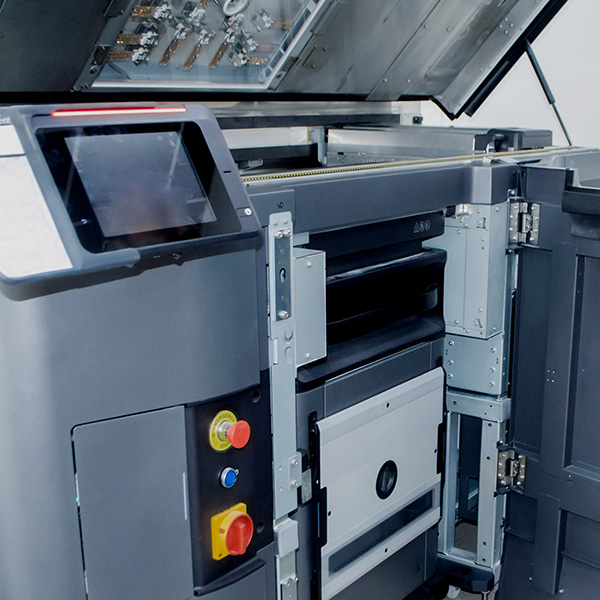
Mastering Nylon 3D Printing: Comprehensive Guide & Expert Insights
Blog Article | March 13, 2023
Products made of nylon are everywhere — automotive parts, clothing, gears in machinery, housing for electronic devices, and sporting goods, just to name a few. Although nylon has been used in manufacturing for almost a century, it is a relatively new material in 3D printing. However, the material is becoming increasingly popular because of its relatively low cost and ability to produce durable parts for a variety of applications.
3D Printing Solutions
Saratech offers sales, service, and support of Markforged, and BigRep 3D printers. The breadth of 3D Printing technologies allows us to provide the right solutions according to customer requirements.
Find the Right Solution for Your Needs. Connect With a Saratech Expert Today.
Characteristics of Nylon
Nylon has a number of desirable characteristics, including strength, durability and light weight. It also has a higher melting point than other polymers, is electrically insulating, and is abrasion-, chemical-, impact- and sunlight-resistant. However, nylon is highly hygroscopic, which means that it tends to absorb moisture. A number of different types of nylon are used in additive manufacturing, and specific blends and formulas are available within those categories. It comes in filament and powder form, and there are composite powders that also contain aluminum, carbon fiber, glass or Kevlar. Recycled and plant-based nylons offer more sustainable options.
Basics of Nylon 3D Printing
3D printing with nylon is tricky and requires specialized equipment. To gain the most value from nylon in additive manufacturing, it’s important to understand its advantages and disadvantages and the applications where it can be most useful.
Advantages of Nylon
Nylon is stronger and more durable than two other common thermoplastics — acrylonitrile butadiene styrene (ABS) and polylactic acid (PLA) — making it a good choice for a wide range of functional applications. Because it is rigid when printed with thicker walls and flexible when printed with thinner walls, it can be used for components such as living hinges. Nylon’s low coefficient of friction makes it suitable for interlocking and moving parts, eliminating the need to print and assemble individual components. Nylon can be drilled or machined without splitting. It also requires less post-processing than other polymers. Parts made from nylon generally have a nice surface finish and can easily be dyed due to nylon’s hygroscopic nature. Paint adheres to nylon very well.
Disadvantages of Nylon
Nylon’s tendency to absorb moisture can also result in printing defects in high-humidity environments. Even brief exposure to moisture can cause the nylon to become wet. This can lead to a weaker part, inaccurate dimensions and bubbles that leave visible gaps in the part. Nylon parts can warp due to the change in temperature from the printing process to the ambient air. A printer with an enclosure heated to around 45°C can reduce this temperature differential and minimize the risk of warping. Nylon parts can warp if the ambient air is much cooler than the printing temperature. However, a printer with an enclosure heated to around 45°C can reduce this temperature differential and minimize the risk of warping. Nylon isn’t as rigid as ABS even though it is much stronger. For rigid parts, the nylon material must be reinforced using a composite that incorporates carbon fiber.
Applications of Nylon 3D Printing
Nylon 3D printing is primarily used in engineering and industrial applications, such as high-performance gears, living hinges, machine parts and snap-fit components. The aerospace and automotive industries use nylon 3D printing to produce functional prototypes and customized fixtures, jigs, and tools. Glass-reinforced nylon can be used for flight-grade airplane assemblies. However, nylon is used in a number of other 3D printing applications. For example, many consumer goods are made from 3D printed nylon. Toothbrushes were the first nylon products, and Chanel is carrying on that tradition with mascara brushes made using selective laser sintering technology and nylon powder. Nylon is also suitable for food packaging, device housings and many other products. In healthcare, nylon is used for the rapid prototyping of medical devices and the creation of patient-specific devices. It is especially useful for medical end-use parts such as orthotics and prosthetics, and can be reinforced with carbon fiber for greater strength. Nylon can be biocompatible, compatible with sterilization and non-sensitizing, making it safe for patients to use in a wide range of use cases. Educational anatomical models are also created using 3D printed nylon.
Types of Nylon 3D Printers
There are three types of nylon 3D printers — fused deposition modeling (FDM), selective laser sintering (SLS) and Multi Jet Fusion (MJF). FDM 3D printers use nylon filament while SLS and MJF 3D printers use nylon powder. Developed by Hewlett Packard, MJF technology is a type of powder bed technology that works similar to binder jetting technology but has much higher material strength.

1
Fused Deposition Modeling
With FDM, a plastic filament is fed from a spool through a heated nozzle and extruded onto the work in layers. ABS and PLA are more commonly used than nylon in this process. When nylon is used, the extruder hot end must handle temperatures up to 280°C, which requires a professional-grade printer with an all-metal hot end. Additionally, the printing platform should be preheated to around 80°C to prevent the nylon part from warping. However, nylon filament is cheaper than nylon powder and the FDM process isn’t as messy as SLS.
2
Selective Laser Sintering
An SLS 3D printer uses a laser to sinter a powder layer by layer onto the work, enabling the production of complex, functional parts. As the part is built up, it is surrounded by non-sintered power, up to 70 percent of which can be reused. Nylon powder, which creates a stronger part than nylon filament, is one of the primary materials used with SLS 3D printers. Industrial-grade SLS 3D printers are expensive, but more affordable options have become available in recent years.


3
Multi Jet Fusion
As with SLS, an MJF 3D printer begins by depositing a layer of power onto the build platform, then sprays a layer of radiation-absorbing fusing agent onto the areas to be printed, like how an inkjet printer works. Next, the print head sprays a detailing agent onto the remaining areas. A high-powered infrared light is used as the heat source. When the infrared light shines on the powder that has received fusing agent it melts those areas together and it does this much faster than an SLS printer could. The detailing agent enables MJF to produce more detailed parts with sharp edges. MJF 3D printers are comparable in price to SLS printers, but up to 80 percent of the non-sintered powder can be reused.
Best Practices
Because nylon is hygroscopic, it must be stored in an air-tight container along with a desiccant to prevent it from absorbing moisture from the environment. If the nylon has absorbed moisture, it will form bubbles when heated during the printing process and cause part quality issues. Additionally, to prevent warping an enclosure is recommended with FDM printing to eliminate any cool air around the part.

